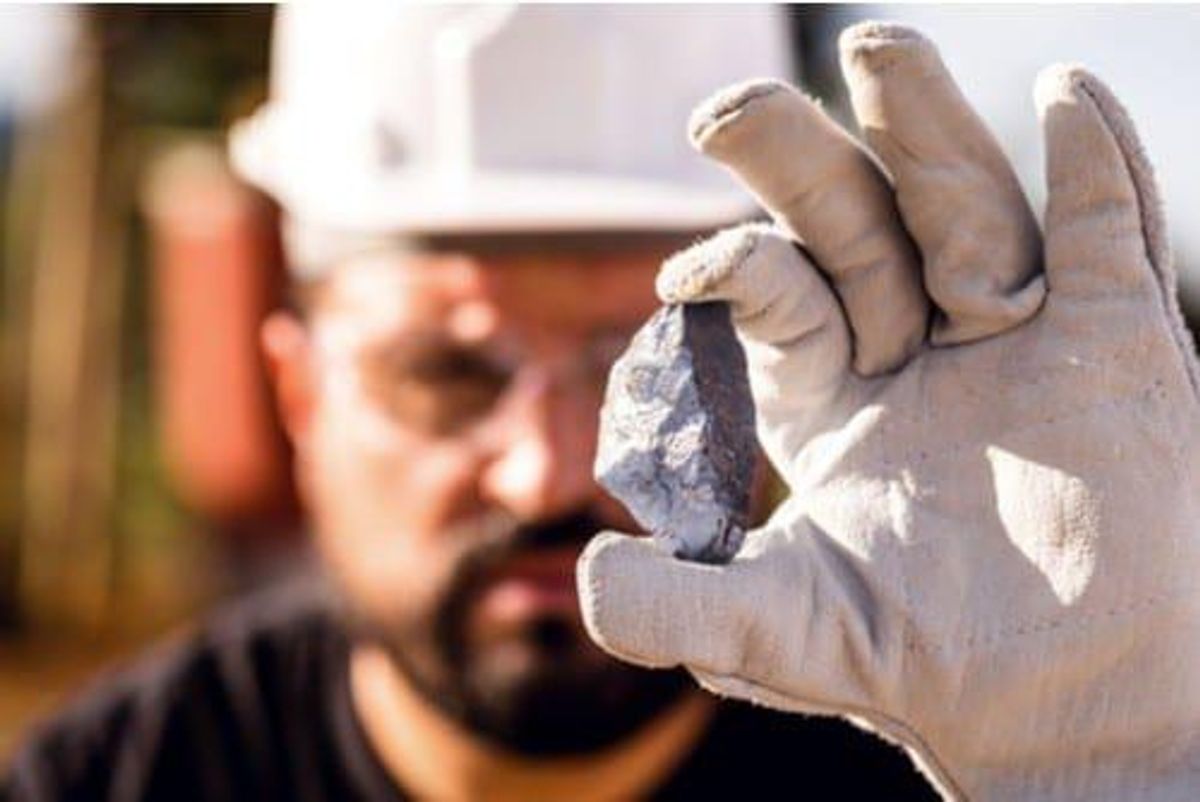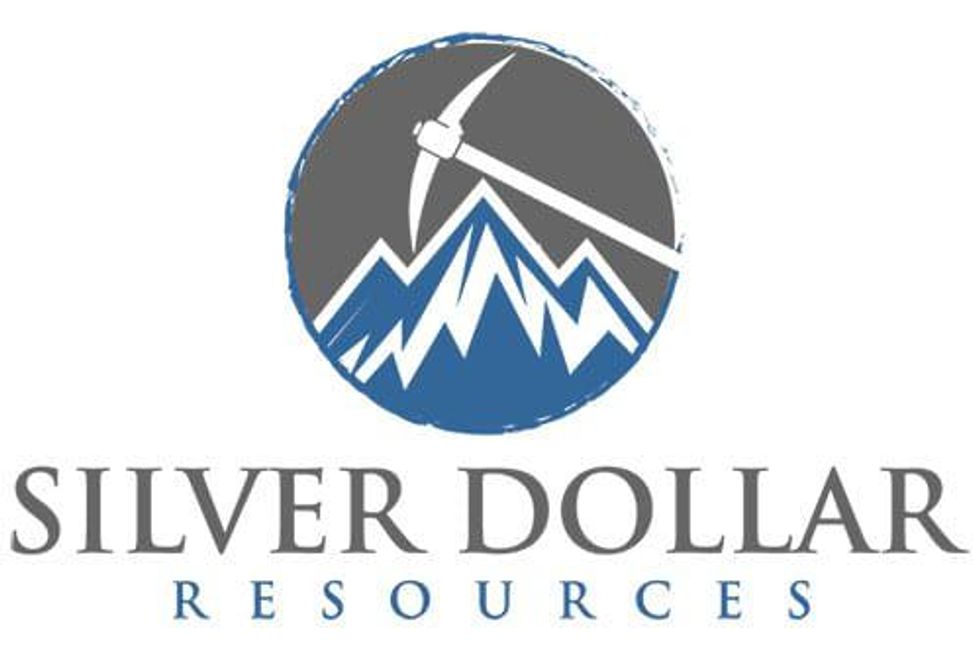
Described as “targeting the best and leaving the rest,” high grading allows miners to boost recovery grades and improve their bottom line.
The silver price continues to flirt with the US$30 per ounce level, having added more than 100 percent to its value since March. Higher prices for the white metal have also incentivized explorers and miners, which are reaping the benefits at their projects.
One consequence of the white metal’s rising value is that it’s becoming more economical to refine lower-grade material that was too expensive to treat at weak prices.
The opposite of low grading is high grading, the process of targeting high-grade material. Producers tend to do this when metals prices are depressed, like they were from 2013 until earlier this year.
Most accurately described as “targeting the best and leaving the rest,” the process is somewhat controversial. However, as Adam Webb, director of mine supply at Metals Focus, explained, it’s not as pervasive or problematic as some may claim.
“Quite often it might happen if margins are squeezed, or if you’re a high-cost producer and the cost of the metal is close to your cost of production,” Webb told the Investing News Network.
“High grading is considered mining material which is above the average reserve grade of the deposit being mined,” he continued. “What you might do is target high-grade material. So you’re going to process the same amount of rock, but get more silver or gold, or whatever you’re targeting. That will boost your revenue and boost your margins.”
Defining what classifies as high grade varies for each mine. That said, for primary silver mines as a whole the average grade in Q1 2020 was 125.4 grams per tonne (g/t).
“The maximum quarterly grade from a mine was 578.4 g/t and the minimum was 19.5 g/t. So you can see that there is quite a lot of variability between mines,” Webb explained. Secondary producers of silver — where copper, gold, lead and zinc are the primary resource — may have much lower silver grades.
As mentioned, high grading has become more prominent since silver slipped below US$30 in 2013 after two years of sustained highs. From July 2013 until earlier this year, the price was trapped below US$21.
Persistently low prices drove some producers to target high-grade ore. However, as Webb pointed out, it isn’t a practice that has long-term viability.
“Because a mine is generally planned years in advance, often you won’t be able to just go and mine high-grade material. You have to first go through whatever low-grade material or anything that is there.”
“You can only do that for a limited amount of time before you then have to do extra work to access that high-grade material again.”
The mine supply director went on to say that with all the costs related to production, a silver price of at least US$19 is currently needed to keep mines open. With the silver price now holding above US$24, the market may even see some new projects and increased exploration activity.
“What we might actually see with prices being sustained at high levels is that lower-grade material will become economic to extract,” Webb said.
“So we may actually see the average grade dropping, because that low-grade material’s now economic. Mines generally may choose to process that material as well because they can make a profit out of it.”
Don’t forget to follow us @INN_Resource for real-time updates!
Securities Disclosure: I, Georgia Williams, hold no direct investment interest in any company mentioned in this article.
Editorial Disclosure: The Investing News Network does not guarantee the accuracy or thoroughness of the information reported in the interviews it conducts. The opinions expressed in these interviews do not reflect the opinions of the Investing News Network and do not constitute investment advice. All readers are encouraged to perform their own due diligence.



